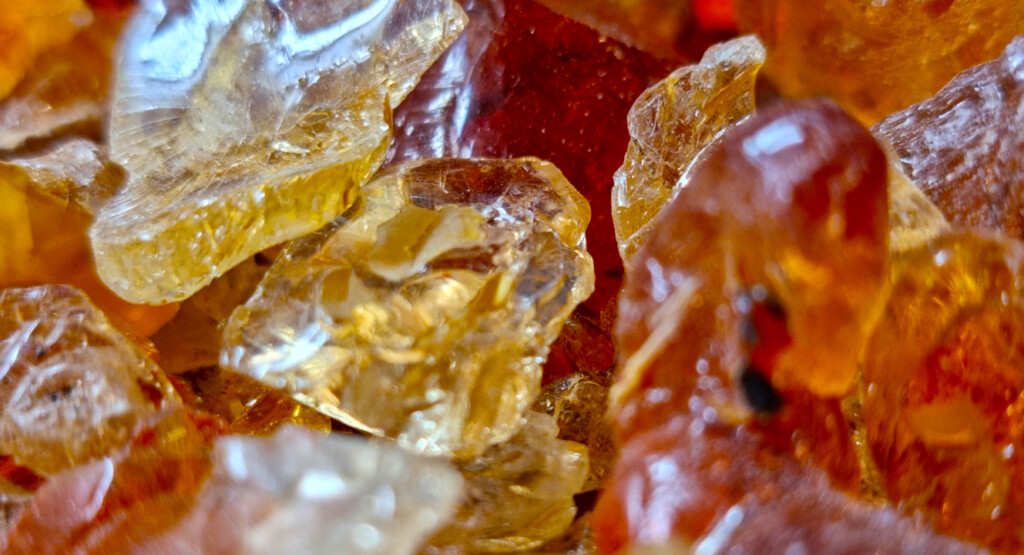Sudan forests at risk from rising charcoal demand

Gum Arabic (File photo: AMB / RD)
Environmentalists are warning of the rapid destruction of Sudan’s ancient forests in El Gezira, as conflict continues to drive people towards charcoal production as a source of income. This widespread logging, which targets vital trees such as acacia, threatens the country’s gum arabic industry, a critical export for Sudan.
Speaking to Radio Dabanga yesterday, environmental expert Abdelrahman Eisa states that over 300 trees, many more than 200 years old, have already been felled in key areas. The destruction has particularly affected forest reserves, near the state capital of Wad Madani.
“The unjust cutting of trees will lead to future environmental disasters,”
Abdelrahman Eisa
Sudan is the world’s largest exporter of gum arabic*, a resin produced by acacia trees that is widely used in the food and pharmaceutical industries. These trees have a dual purpose, they produce gum arabic, a long-term renewable resource, but they are also sought after for charcoal production.
Acacia trees take years to mature and produce gum arabic, but when cut down for charcoal, they can no longer provide this valuable export.
With conflict devastating the economy, locals are increasingly turning to charcoal production for quick income, sacrificing long-term sustainability for short-term financial gain. The price of charcoal has skyrocketed, with the average bag selling for up to SDG 50,000, driving people to cut down trees at an alarming rate.
The environmental expert explained that this not only accelerates deforestation but also poses a direct threat to Sudan’s struggling gum arabic trade, with severe economic consequences for the many communities that depend on this valuable resource.
The conflict has exacerbated a pattern of environmental degradation in El Gezira that dates back decades.
Logging operations in the region began in the 1990s, often with government approval. While some trees had managed to regenerate in recent years, the renewed demand for charcoal has reversed these environmental gains.
Prior to the war, efforts were underway to rehabilitate the Baroness Forest Reserve. This included the resettlement of wildlife and the restoration of the forest, which had attracted increased tourism. However, these initiatives have now been abandoned as the focus shifts to short-term survival.
Eisa has called on authorities to take urgent action to halt the ongoing destruction of Sudan’s forests. He expressed concern that the loss of trees will not only lead to environmental collapse but also cripple the country’s gum arabic industry, which provides a critical source of income for millions of Sudanese.
*Gum arabic is an emulsifier and a stabiliser made from resin from the acacia Senegal tree. Apart from shoe polish and ink, the food industry uses the stabiliser in chocolate and sweets, and, most importantly, in soft drinks, as it binds the sugar to the drink.
Sudan is the world’s foremost producer at an estimated 88,000 tons a year. Sudan, Chad, and Nigeria, produce 95 per cent of gum Arabic exported to the world market.
The gum Arabic belt covers about one fifth of the country. North Kordofan and North Darfur are the largest producers, followed by the states of Blue Nile, White Nile, and El Gedaref.








 and then
and then